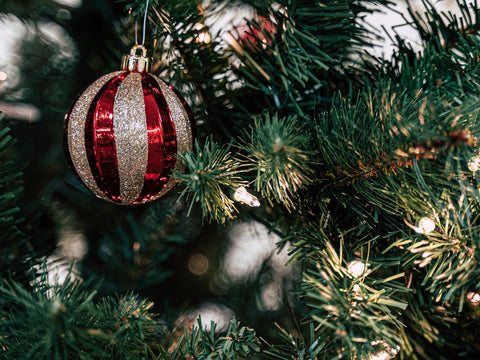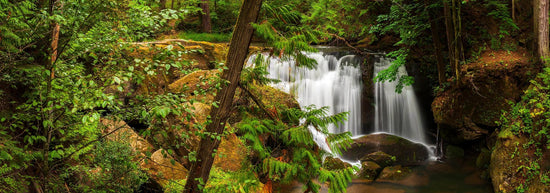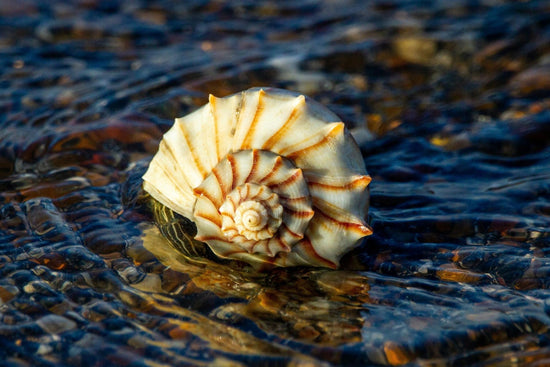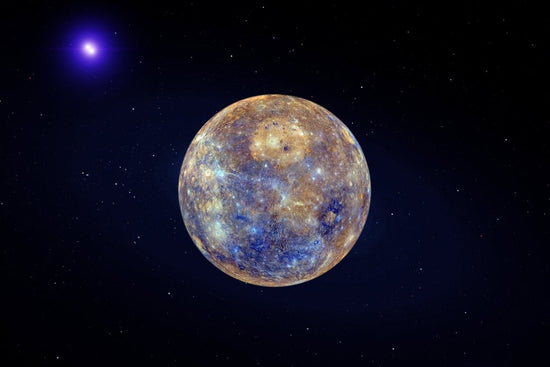Searching for the perfect Yule gift or ambiance? Shop our new Yule Seasonal Essential Oil Incense!
Before the spread of Christianity, people celebrated an ancient tradition called Yule. Most of the Christmas traditions that we’re familiar with today originated from this holiday. But unlike our commercial American holiday, Yule is a celebration of the sun, of rebirth and renewal, and the continuation of life.
Many people find that celebrating Yule is more relaxing than participating in typical Christmas customs. Instead of the high stress and the focus on consumerism, there is a connection to nature and the seasons. We give thanks, let go of the past, and look forward to what lies ahead.
What is Yule?
Yule is a pagan celebration of the winter solstice, which marks the longest night of the year and therefore the return of the sun. On this day, the earth’s axis tilts away from the sun in the Northern Hemisphere and the sun reaches its greatest distance from the equatorial plane. Slowly but surely, the days start to get progressively longer.
Because of this meaningful shift in seasons, the overall theme of Yule is about rebirth and renewal. Ultimately, this is a festival of the sun, so light is an important element. Flickering candles, bonfires, twinkle lights, and the traditional lighting of the tree all represent this celebration of the slow returning of the light.

Photo by Benjamin Catapane
When people celebrate Yule, they reflect on the year that has passed while looking forward to the year ahead. It’s a time of year for reflection, connecting to those we love, and spending sacred time in nature.
The History of Yule
Midwinter has been celebrated by Europeans for millennia. Many of our traditional winter customs can be traced back to the Nors people, who originally called this festival Jól. Decorating with greenery, hanging ornaments in trees, caroling, and gift-giving are all customs that originated with Germanic peoples celebrating the day of Yule.
Some scholars believe that the festival of Yule is closely related to Saturnalia, a week-long holiday that ancient Romans celebrated around the solstice. During the long celebration, Romans honored Saturn, the god of agricultural bounty. Festivities included giving gifts and creating elaborate feasts.
NeoPagan and Wiccan traditions say that it’s the time of year when the Holly King, who represents the dark half of the year, gives way to the Sun God, or Oak King. The idea of these two battling gods represents the ever-changing seasons and the cycle of the sun.
Plants of Yule

Photo by Ellie Lord on Unsplash
Seasonal plants are an integral part of Yule. The custom of setting up an evergreen tree is an old tradition of bringing the outdoors in. Evergreens symbolize the continuation of life, as they remain full and bright while all the other trees lose their leaves. Boughs and garlands collected from evergreen trees can be used to decorate indoor spaces.
Holly represents the old solar year as well as the Holly King, who may have been a precursor to Santa Claus. It was once considered a sacred plant by the Druids, and was a symbol for protection.
Ivy is another reminder that life continues, as the plant often lives on after its host plant has died. It is said to represent fidelity and loyalty. Hanging ivy around the house during this time of year is a way to symbolize the strength of family bonds.
Well-known for its association with December holidays, mistletoe stands for peacemaking and the end of discord. It’s said that the Norsemen laid down their arms if they met underneath a growth of mistletoe.
Birch is another plant that is associated with rebirth, as it’s often the first tree to grow back in a forest that has burned. Birch sticks are also a weapon of choice for Krampus, the mythical Yuletide demon who punishes the naughty every December.
Ways to celebrate Yule
This dark and quiet time of the winter season is an opportunity to focus on new beginnings. It’s a time to incorporate nature into your home, practice gratitude for abundance, and celebrate the returning of the light. Decorating the house with greenery and lighting candles are important ways to incorporate this holiday into your home.
Other ways to celebrate Yule include:
- Setting up a Yule altar
- Reciting prayers to welcome back the sun
- Performing cleansing rituals and tree blessings
- Smoke purification. Burning seasonal plants like pine, cedar, rosemary, juniper, and frankincense can cleanse the home and provide delightful holiday aromas.
- Sending Yule greeting cards and Krampus cards
- Holding a Yule log ceremony. The old tradition of holding a Yule log ceremony is a way to welcome back the sun. A log can be used first as a Yule altar, decorated with candles and evergreen boughs, before it’s burned on the evening of the winter solstice.
- Feasting! It’s a great time to enjoy the process of cooking large meals to share with family and friends. Specific courses for Yule include plum pudding, mulled apple cider (sometimes called wassail), and hot buttered rum. Of course, the classic bûche de noël is a cake that represents the Yule log.
Will you be celebrating Yule this year? If you have any Yule traditions that you enjoy celebrating, let us know in the comments!
Feature image by Ptahi on iStock.com






7 comments
Just wanted to say I have a new friend who celebrates this & I’m happy to have found this info very informative I learned alot from this & now I know what to expect & how now I can celebrate with him….thanks again
Thanks for doing this!